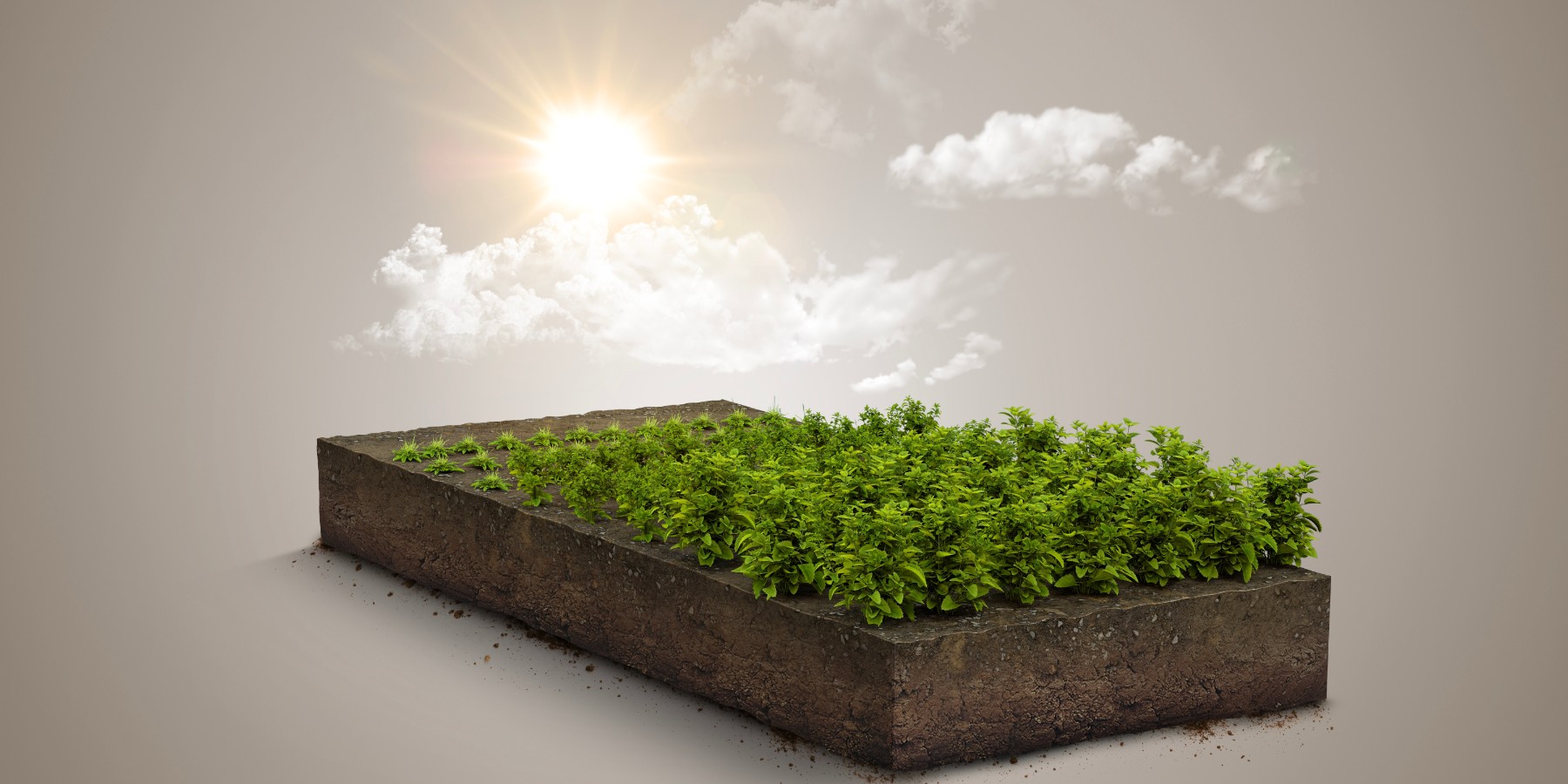Multiple different factors are at play in this vastly increased efficiency, from increasingly high-tech farming equipment, to carefully selected and refined crop varieties, to smarter pest control and fertilisers. Even better weather forecasting has
played its part. But what all those factors ultimately come down to is a better understanding of the qualities which improve crop yields – and the ability to transform that understanding into tangible agricultural practices. In other words, data-driven decision-making.
And now, the advent of the IoT is ushering in a whole new era of said decision-making in the agricultural sector. Agricultural applications of the IoT include systems to monitor the health of crops as they grow (and the concurrent growth of any weeds), water management solutions, particularly as climate change alters global weather patterns, and even location tracking for livestock.
Smart soil condition monitoring is one such application – and a multipurpose application at that. By deploying a network of soil sensors throughout an agricultural environment, farmers can measure a host of different factors which can in turn help them cultivate crops more efficiently. These factors include:
Soil composition
Even the least green-fingered among us are likely aware that certain soils are better for certain plants than others, because of factors like their acidity levels, drainage capabilities and the nutrients they contain. Connected sensors can not only measure the composition of soil before deciding which crops to plant in a particular area, but also monitor the composition throughout the year. This might help farmers make decisions about crop rotations or extra nutrients to add to the crop.
Soil temperature
Before a plant even appears above the surface of the soil, temperature has a vital role to play in encouraging the seed to germinate and healthy roots to be put down. Then, throughout the plant’s life, soil temperature continues to be a vital factor in influencing growth, respiration, decomposition and mineralisation of nitrogen. In turn understanding those rates can help farmers make more informed decisions about, say, fertiliser and plant food. Whilst soil temperature can be estimated by above-ground sensors, in-ground probes are more accurate.
Soil moisture/humidity levels
Clearly, plants need water to grow – though neither too much, nor too little. Measuring the amount of water in soil is a far more accurate means of assessing how hydrated a crop is than relying on observing the weather or even the plants themselves. If the sensors are also linked up to an automated irrigation system, this can be programmed to water the crop precisely when and how it needs.
Collectively, all this data helps farmers and agricultural businesses to take a far more proactive and informed approach to managing their crops, not just day by day, but season by season and year by year. And this intelligence does not merely help to maximise crop yields. It can also help to optimise the agricultural environment for wildlife, preserve soil quality over time and prevent erosion. Indeed, this most high-tech of solutions can actually help human agriculture work more in harmony with the natural world.

